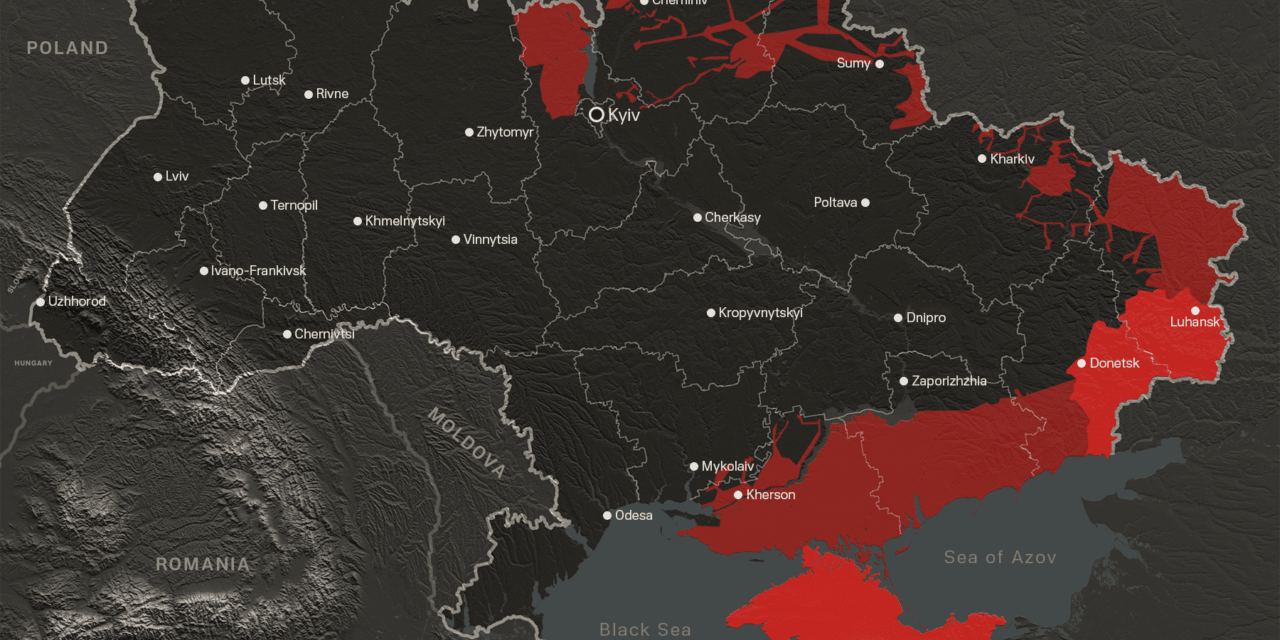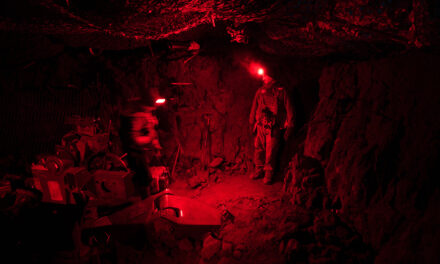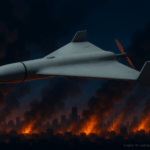David Axe’s analysis argues that Russia’s current combination of slow territorial gains and staggering losses makes the idea of fully conquering Ukraine mathematically absurd. Using April 2025 as a snapshot, he notes that Russian forces captured roughly 68 square miles that month—a tiny fraction of Ukraine’s territory—while suffering about 36,600 casualties and losing thousands of vehicles. Extrapolated in a straight line, that pace would carry the war into the year 2256 before Russia could occupy the rest of Ukraine. The attrition implied by such a timeline is even more implausible: around 101 million Russian troops would be killed or wounded by then, a figure approaching the size of Russia’s entire population. The point isn’t to forecast the future to the exact year, but to show how wildly misaligned Russia’s objectives are with the results its current methods deliver. Axe grounds the calculation in official Ukrainian reporting on losses and area seized, and in the basic scale of the battlefield: Ukraine spans about 233,000 square miles, with roughly 19% under Russian control as of the article’s publication. The month-by-month math is intentionally crude; battlefield dynamics can change, and casualty reporting is contested. But that’s precisely why the exercise is telling. Even granting wide margins of error, the orders of magnitude involved expose the strategic bankruptcy of seeking total conquest via incremental assaults that require massive manpower and equipment sacrifices for marginal terrain. Axe also underscores a sobering reality: despite these losses, Russia’s military has not collapsed; it continues to feed the front and adapt, which is why the war grinds on. Still, his arithmetic demolishes the notion that Moscow can bludgeon its way to full occupation at anything like the current rate without transformative changes in capability, mobilization, or political will—and even those would only alter the slope, not eliminate the fundamental mismatch between aims and costs.
Why Russia’s Full Occupation Would Take Centuries—and Millions












